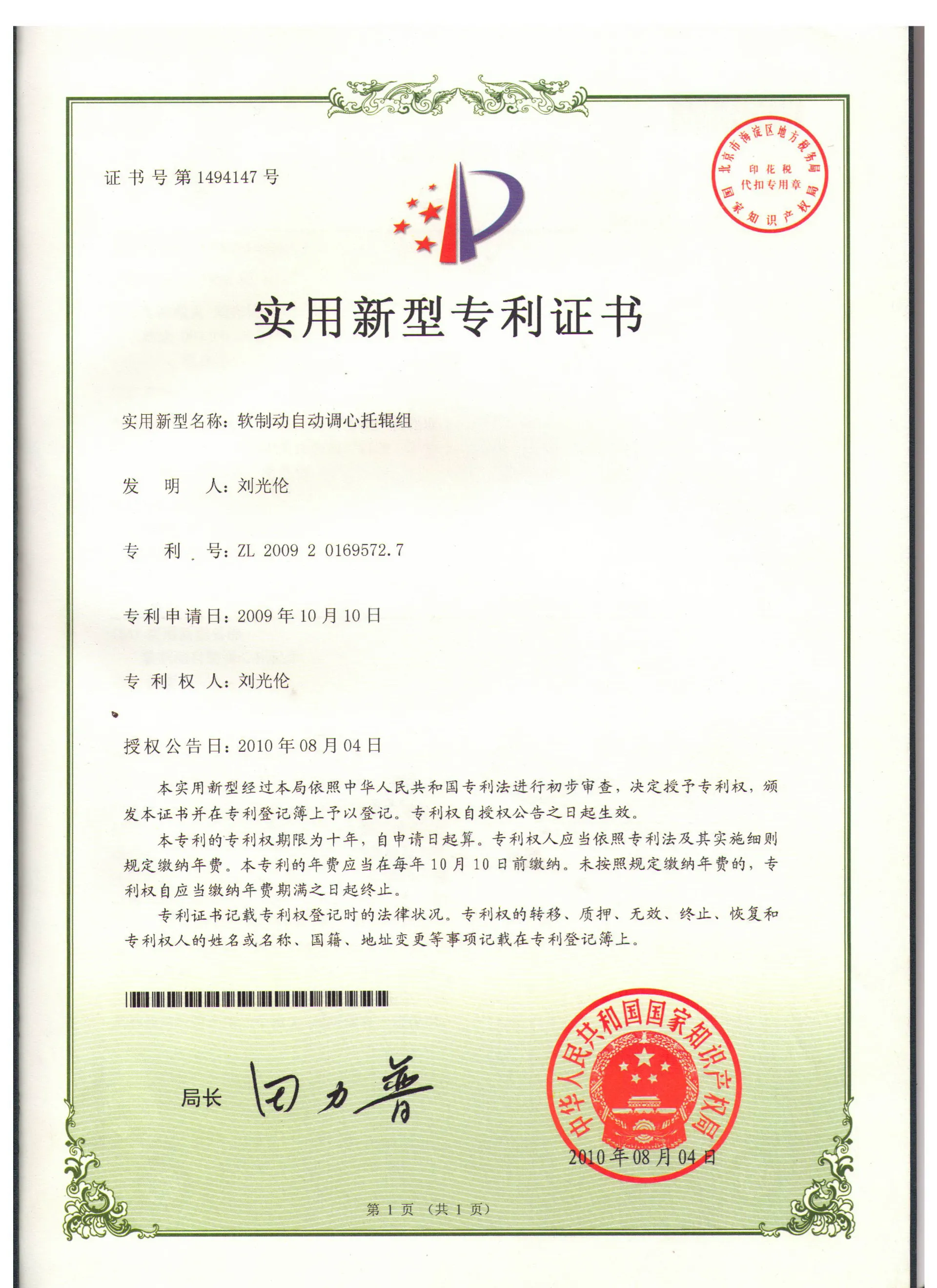 Afrikaans
Afrikaans  Albanian
Albanian  Amharic
Amharic  Arabic
Arabic  Armenian
Armenian  Azerbaijani
Azerbaijani  Basque
Basque  Belarusian
Belarusian  Bengali
Bengali  Bosnian
Bosnian  Bulgarian
Bulgarian  Catalan
Catalan  Cebuano
Cebuano  Corsican
Corsican  Croatian
Croatian  Czech
Czech  Danish
Danish  Dutch
Dutch  English
English  Esperanto
Esperanto  Estonian
Estonian  Finnish
Finnish  French
French  Frisian
Frisian  Galician
Galician  Georgian
Georgian  German
German  Greek
Greek  Gujarati
Gujarati  Haitian Creole
Haitian Creole  hausa
hausa  hawaiian
hawaiian  Hebrew
Hebrew  Hindi
Hindi  Miao
Miao  Hungarian
Hungarian  Icelandic
Icelandic  igbo
igbo  Indonesian
Indonesian  irish
irish  Italian
Italian  Japanese
Japanese  Javanese
Javanese  Kannada
Kannada  kazakh
kazakh  Khmer
Khmer  Rwandese
Rwandese  Korean
Korean  Kurdish
Kurdish  Kyrgyz
Kyrgyz  Lao
Lao  Latin
Latin  Latvian
Latvian  Lithuanian
Lithuanian  Luxembourgish
Luxembourgish  Macedonian
Macedonian  Malgashi
Malgashi  Malay
Malay  Malayalam
Malayalam  Maltese
Maltese  Maori
Maori  Marathi
Marathi  Mongolian
Mongolian  Myanmar
Myanmar  Nepali
Nepali  Norwegian
Norwegian  Norwegian
Norwegian  Occitan
Occitan  Pashto
Pashto  Persian
Persian  Polish
Polish  Portuguese
Portuguese  Punjabi
Punjabi  Romanian
Romanian  Russian
Russian  Samoan
Samoan  Scottish Gaelic
Scottish Gaelic  Serbian
Serbian  Sesotho
Sesotho  Shona
Shona  Sindhi
Sindhi  Sinhala
Sinhala  Slovak
Slovak  Slovenian
Slovenian  Somali
Somali  Spanish
Spanish  Sundanese
Sundanese  Swahili
Swahili  Swedish
Swedish  Tagalog
Tagalog  Tajik
Tajik  Tamil
Tamil  Tatar
Tatar  Telugu
Telugu  Thai
Thai  Turkish
Turkish  Turkmen
Turkmen  Ukrainian
Ukrainian  Urdu
Urdu  Uighur
Uighur  Uzbek
Uzbek  Vietnamese
Vietnamese  Welsh
Welsh  Bantu
Bantu  Yiddish
Yiddish  Yoruba
Yoruba  Zulu
Zulu idler rollers for belt conveyors
The Importance of Idler Rollers in Belt Conveyors
Belt conveyors are an essential component in various industries, including mining, agriculture, and manufacturing. They facilitate the efficient movement of materials over long distances. One critical feature that ensures the smooth operation of a belt conveyor system is the idler roller. These rollers support the conveyor belt, help maintain its alignment, and are pivotal in reducing friction.
What Are Idler Rollers?
Idler rollers are cylindrical devices positioned at various points along the length of the conveyor belt. Their primary function is to support the belt and the materials it carries. Typically, an idler roller will be placed at regular intervals—usually every few feet—depending on the design of the conveyor system. This spacing helps prevent the belt from sagging or bending excessively, which could lead to increased wear and potential failure.
Types of Idler Rollers
Idler rollers come in different types and configurations based on their application and the specific needs of the conveyor system. Common types include
1. Standard Rollers These are the most common type, designed for general use on horizontal and slight incline conveyors. 2. Impact Rollers Positioned at loading points, impact rollers are designed to withstand the force of materials being dropped onto the belt, providing additional support and protection. 3. Training Rollers Used to keep the belt aligned, training rollers adjust the belt's path by ensuring that it remains centered on the conveyor frame. 4. Return Rollers These are located on the return section of the conveyor belt and are essential for maintaining proper belt tension and reducing frictional wear.
Benefits of Quality Idler Rollers
idler rollers for belt conveyors

Investing in high-quality idler rollers can greatly enhance the overall efficiency of a belt conveyor system. Some key benefits include
- Reduced Friction and Wear Quality rollers are designed to minimize friction between the belt and roller surface. This reduction leads to less wear on both the belt and the rollers, prolonging the life of the system and reducing maintenance costs. - Improved Energy Efficiency Less friction means that the conveyor system requires less energy to operate, which translates into lower operational costs and reduced environmental impact. - Enhanced Stability and Load Support Well-designed idler rollers provide greater stability for the conveyor belt, enabling it to carry heavier loads without the risk of sagging or misalignment.
Regular Maintenance and Inspection
To ensure optimal performance of idler rollers, regular maintenance and inspection are crucial. Key maintenance practices include
- Routine Lubrication Most idler rollers require periodic lubrication to minimize friction and wear. This is often done during scheduled maintenance to ensure all moving parts operate smoothly. - Visual Inspections Regularly checking for signs of wear, misalignment, or damage can help catch potential issues early, preventing costly downtime. - Replacements when Necessary Identifying when idler rollers have reached the end of their service life is vital to maintaining the conveyor’s efficiency. Prompt replacement helps avoid further damage to the belt and other components.
Conclusion
Idler rollers play a vital role in the performance and longevity of belt conveyor systems. By understanding their types, benefits, and maintenance requirements, industries can optimize their conveyor systems for efficiency and reliability. Investing in high-quality idler rollers not only enhances operational performance but also supports a more sustainable approach in material handling processes.
-
Revolutionizing Conveyor Reliability with Advanced Rubber Lagging PulleysNewsJul.22,2025
-
Powering Precision and Durability with Expert Manufacturers of Conveyor ComponentsNewsJul.22,2025
-
Optimizing Conveyor Systems with Advanced Conveyor AccessoriesNewsJul.22,2025
-
Maximize Conveyor Efficiency with Quality Conveyor Idler PulleysNewsJul.22,2025
-
Future-Proof Your Conveyor System with High-Performance Polyurethane RollerNewsJul.22,2025
-
Driving Efficiency Forward with Quality Idlers and RollersNewsJul.22,2025





























